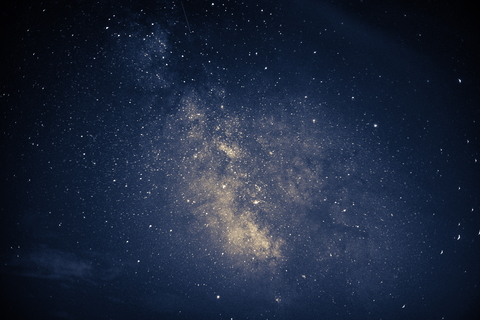Overview
Since the early 2000s we have known that faint galaxies were fairly abundant in the first billion years, and hence might be the dominant agents of cosmic hydrogen reionization. However, it was extremely challenging to actually constrain the ionizing and star-forming properties of these distant, feeble galaxies given the limitations of previous facilities. JWST is finally revealing the detailed nature of faint reionization-era galaxies, answering long-sought questions on early galaxy assembly and reionization. In this talk, I will describe results from a systematic JWST study of hundreds of reionization-era galaxies spanning a factor of >100 in luminosity. I will discuss the stellar masses, star formation histories, and ionizing efficiency of these systems as a function of UV luminosity, thereby revealing the demographics of early galaxies along the UV luminosity function. Our results help explain the high abundance of bright z>10 galaxies found within the first year of JWST observations, and alleviate concerns of ‘over-massive’ early galaxies. I will discuss the apparent relative role of bright and faint galaxies to cosmic reionization, highlighting key remaining questions. Finally, I will discuss efforts to characterize the assembly of supermassive black holes and the co-evolution with their host galaxies in the first billion years with upcoming JWST observations.
